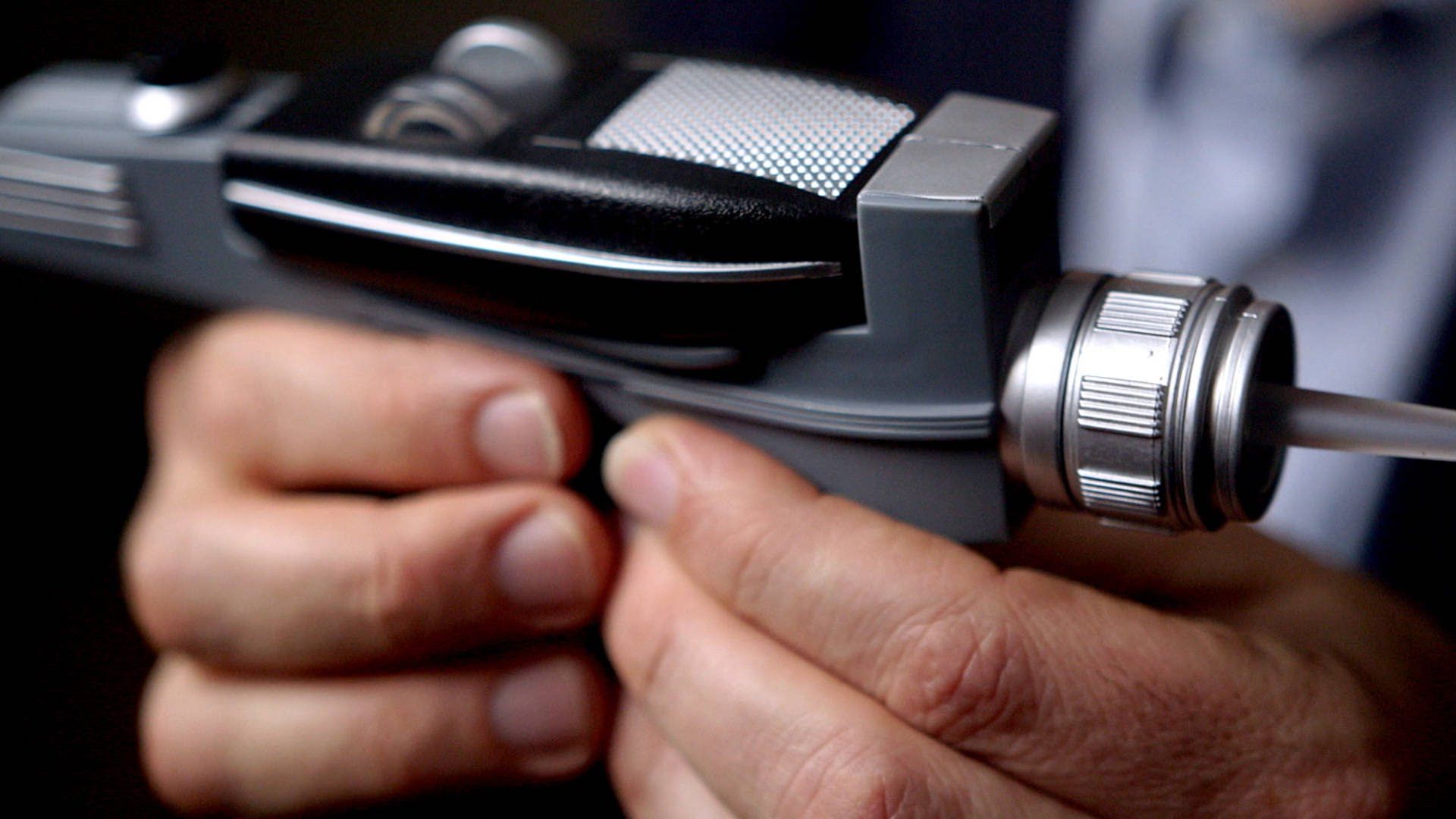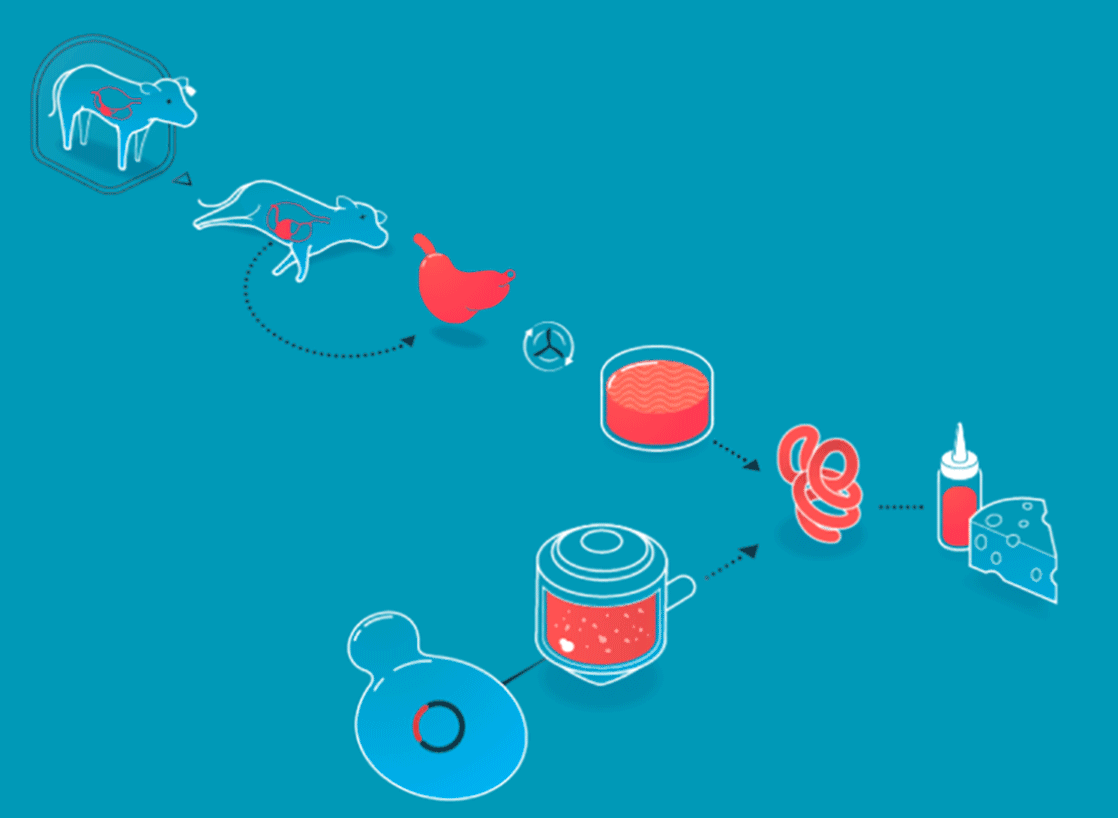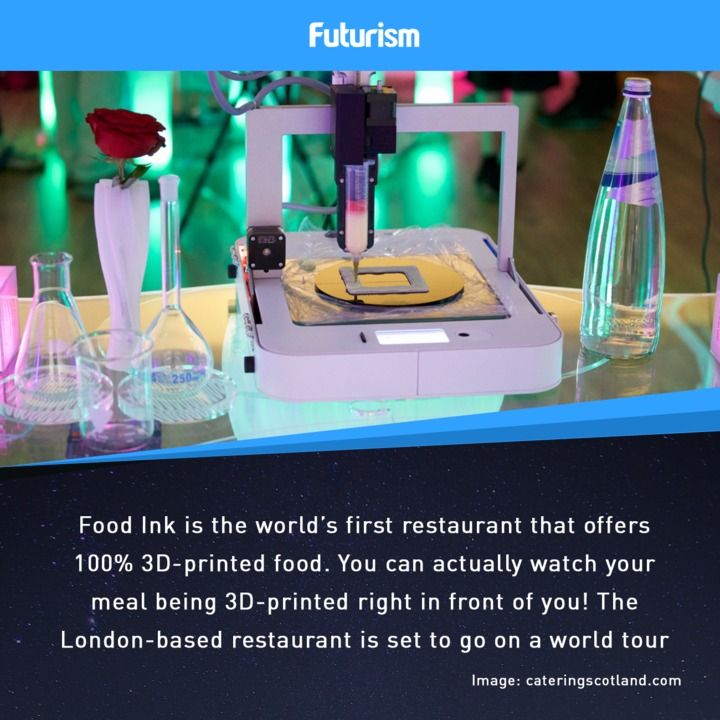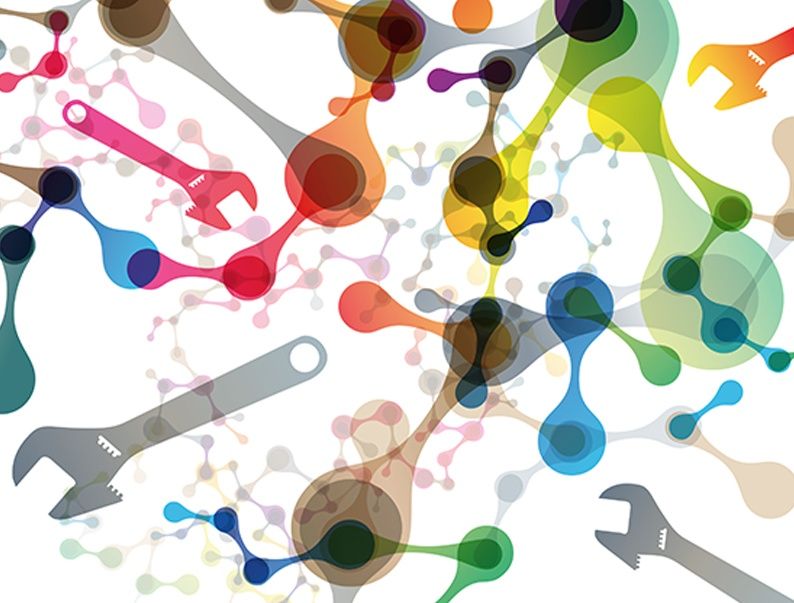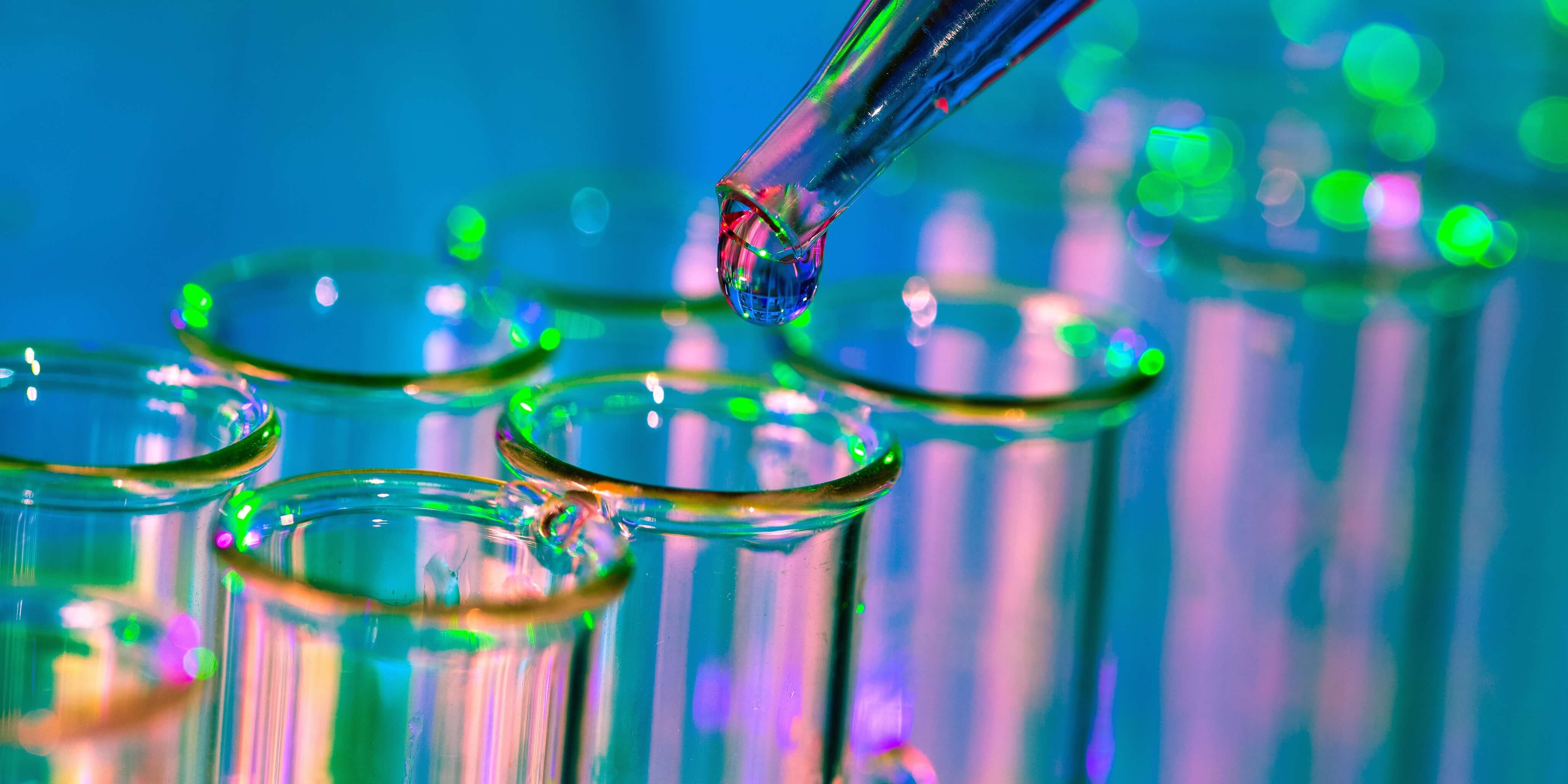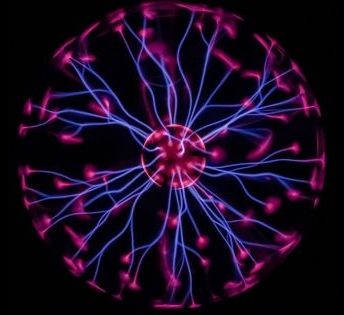Now, for my friends that luv reading about the truly bizarre or stupid tricks that humans do. 40 knives removed from a policeman today in the Tarn Taran district in India.
In an unusual case, as many as 40 knives were surgically removed from the stomach of a policeman here who claimed that he would feel an “urge” to eat them.
A team of five doctors carried out a five-hour long surgery on Surjeet Singh (40), who is employed with Punjab Police and is posted at Tarn Taran district.
Jitendra Malhotra, MD of Corporate Hospital, said on Tuesday that Mr. Singh had come to them complaining of stomach ache and excessive weight loss.

